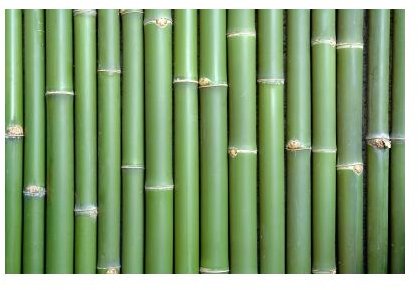Teach About the Xylem and Phloem in Plants by Examining Carnations and CeleryLesson Plan for Science
Teach your class how water, minerals and food move through vascular plants with this lesson plan for fourth or fifth grade. Xylem is a one-way tube within the plant that allows water and minerals to travel from the roots to the leaves. Phloem is a tube that moves food from the leaves to all parts of the plant.
Xylem

In order to show how plants transport water and minerals through the roots to the flowers and leaves, place some white chrysanthemums in a container filled with water. The students will place an ample amount of green food coloring in the water. Mark on the container the water level of the container. Then have the students draw a picture of their experiment labeling it “Day One.” The pupils make a prediction of what they think will happen over the next five days in their journal. The students can also set up celery in a container filled with water and blue food coloring. They will then make observations daily noting the changes in the plants appearance. In their journal they can draw a new picture and label the correct day, along with a measurement of the water level. Make sure they have a green and blue color available!
The chrysanthemum’s flowers will turn green. The celery’s leaves will turn blue. This happens because the xylem, the one-way tube that transports water and minerals, transported the green or blue food coloring up the plant, changing the color of the flowers and leaves.
Cross-Section Drawings
Give each student a cross-section of the celery stalk to examine. The xylem and phloem tubes are visible in the celery stalk. Project on the white board a drawing of the cross-section of a vascular plant. The students compare the labeled drawing to the celery cross-section they have. Ask the students to add to their science journal a detailed drawing of the xylem and phloem tubes in a vascular plant.
Xylem and Phloem in the Classroom
The celery and chrysanthemum lead to understanding of how the xylem acts like a straw, sucking up the food coloring and then distributing it to the flowers and leaves. The purpose of the phloem, distributing energy from the leaves to the rest of the plant, will be easier to understand if the students have an understanding of cellular respiration and photosynthesis; the processes that enables plants to turn energy from the sun into food. This lesson gives students quick results, which lead to quick understanding of plants and their structure.
References
Anankkml’s Portfolio; Free Digital Photos; https://www.freedigitalphotos.net/images/view_photog.php?photogid=1674.
Images: FreeDigitalPhotos.net.
Source; Author’s own experience.
The Horticultural Society of New York; Growing with the Garden: A Curriculum for Practicing Horticulture; https://www.hsny.org/pdfs/hsny_curriculum_for_practicing_horticulture_with_at-risk_youth.pdf.
Webb, David; Mr. Rojas Life Science; Transport in Vascular Plants Presentation; https://www.rrojas.com/5/science/lifescience/transportinvascularplantspresentation.
